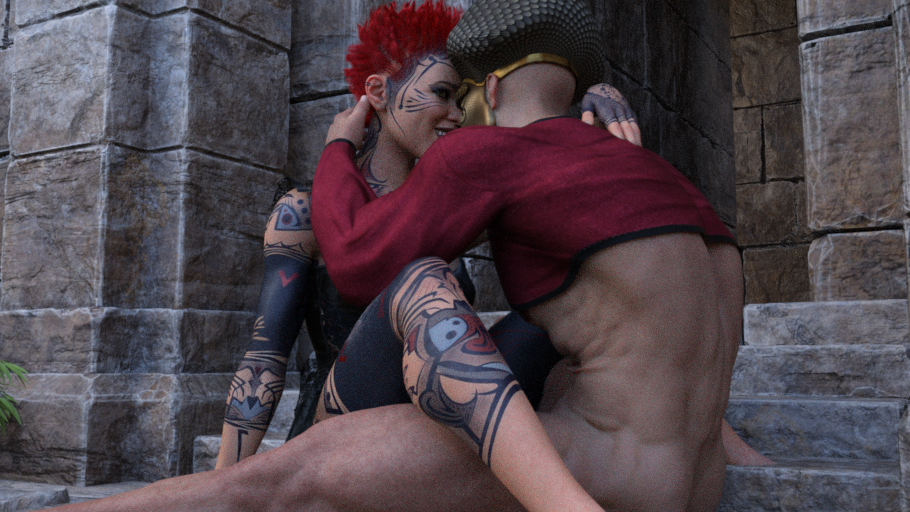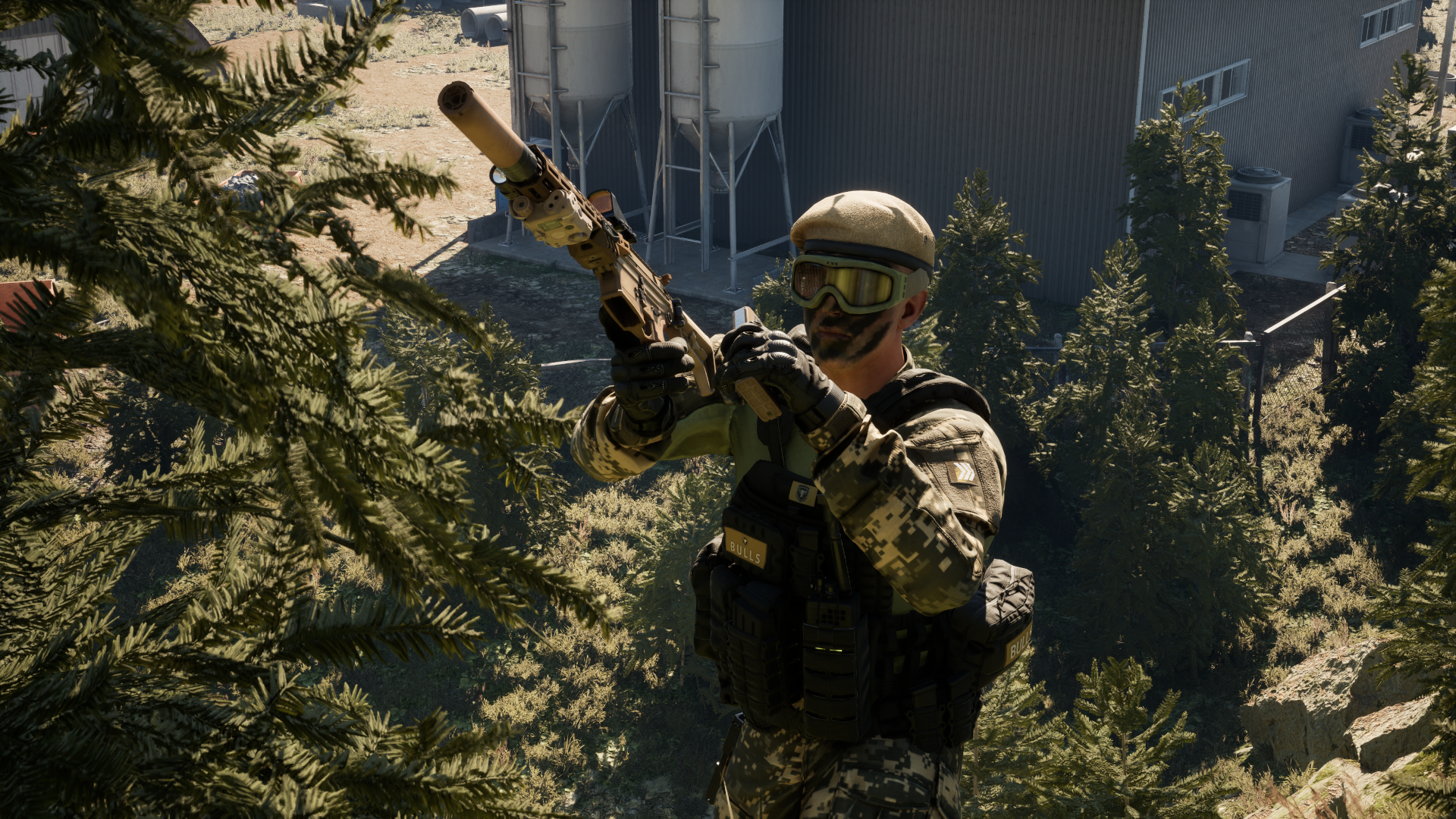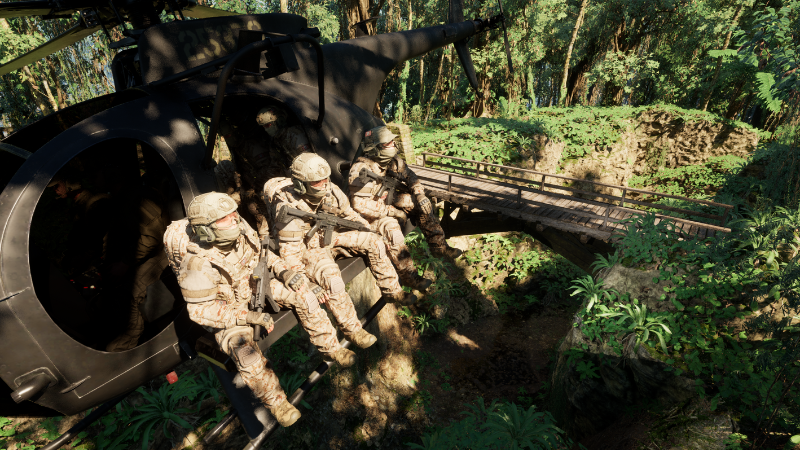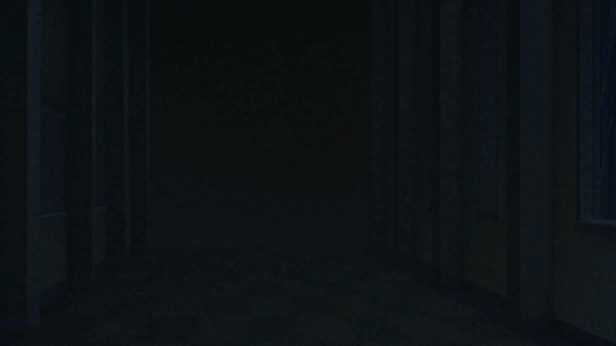
Fixes major bug that broke all epilogues
Small text update to clarify ending 3
Credits update

Fixes major bug that broke all epilogues
Small text update to clarify ending 3
Credits update


Get ready for our biggest update yet! We’ve added new levels, polished gameplay, and improved overall stability. Whether you’re a returning player or jumping in for the first time, this is the perfect moment to dive back in. More surprises await—stay tuned!


Hey Operators! 👋
It’s been a while since our last EXFIL Free Weekend, and we’re excited to finally bring it back. This time, we’ve packed in a ton of major updates since you last dropped in.
Here’s just a taste of what’s new:
✅New map: Stone Dragon
✅Helicopter reinforcement system
✅LAW launchers
✅New SMGs
✅Explosive land drone
✅All-out tactical mayhem - absolutely FREE
Whether you’ve been away for a while or have yet to experience the chaos, now’s the perfect time to jump in and see how far the game has come. We’d love to have you back on the field.
For our existing Operators, we’ll have community games running all weekend. Hop in, test out the new gear, and maybe lend a hand to new players experiencing EXFIL for the first time.
Important: Unlike previous Free Weekends, the Demo build and Retail build now share servers. If you already own EXFIL, you can join directly from your main game - no need to download the Demo.
See you out there!


EXFIL Community Game Night
🕘 Every Friday at 9PM EST
📍 Hosted in our official Discord server
Gear up, Operators!
This week’s Community Game Night will focus on testing the new in-game Loadout Editor, which now lets players change their loadout on the fly mid-match or while waiting between reinforcement waves.
With next week’s EXFIL Free Weekend (Oct 31 – Nov 2) coming up, this is the perfect chance to put the new system through its paces and help fine-tune it before the event.
Games will be run on the Test Build, so join in, experiment with your setups, and share your feedback directly with the team.
👉 Join the Official Discord


Added player revives. This is a very early system that’s still lacking a lot of polish and art, but you can now revive any players that are killed once.
Added new meshes for the Standard and Enhanced backpacks
Added a menu for equipping healing items in your backpack
Added a warning message for entering a raid without minimum gear requirements
Added hover animations for the Angels
Added an anti-camping alarm at extract points — we’ll replace the audio and tune the distance in future updates
Possible fix for spawning with only the lab extract
Fixed shields not preventing as much damage as intended
Added a check to make sure players don’t spawn near enemies
Reyn - Increased the number of spawn points and ensured all spawn points have some amount of cover
Reyn - Fixed out of bounds area near lab extract
Reyn - Visual improvements to the reactor area of Power Plant
Earlier this week we pushed some fixes to the Killhouse and reset the top 50 scores on each leaderboard to ensure all scores are legitimate
Added a new ammo pouch mesh
Fixed tacticals not working as intended in all situations
Fixed observer input not having dead zones for controller thumbsticks
Fixed Killhouse and weapon dispenser showing the wrong skins on weapons
Fixed music not playing correctly in certain situations
Misc. fixes for voice chat
Misc. crash fixes

- Allows to join already started online games
- Allows to start an online game with fewer players
- Fixes an issue with the Sprint in online games
- Bug fixes and other improvements



Welcome back to the Sanatorium Blog! Today, we wanted to talk about the era this game is set in and the narrative behind the game.
The 1920s
The original idea was to investigate professional mimicry and decision-making as central game mechanics for an academic bachelor’s thesis. The guiding question was: How can psychiatry be represented in a game through impactful choices and card-based mechanics? A 1920s asylum provided an ideal setting, as its historical backdrop—marked by ethical ambiguities and the limited psychological knowledge of the era—created a compelling and challenging environment for exploring these themes.
We struck a balance between historical accuracy and creative interpretation to keep the game engaging. While it’s not a fully accurate historical simulation, it’s set in a world rooted in real history. This approach resonates with modern players, allowing them to explore controversial and intriguing historical practices within a stylized noir setting—complete with humorous clichés and exaggerated portrayals of overconfident, misguided physicians.
Although the 1960s was a consideration, we were ultimately drawn to the allure of the Roaring Twenties. The era’s vibrancy and extravagance create a striking contrast with the institution’s dark, oppressive environment—an interplay we felt gave the setting much greater impact. It was also a time marked by stark contrasts—glamorous nightclubs thriving under the shadow of prohibition, and a booming economy existing alongside widespread corruption and the growing influence of organized crime.
Atmosphere
A major influence was also the era’s aesthetic. Art Deco offers a captivating blend of sleek geometry and refined ornamentation. For both creative and narrative flexibility, we drew from a wider historical timeframe when developing the game’s content. This gave us room to include diagnoses and treatments that were already outdated by the 1920s, as well as others—like the lobotomy—that wouldn’t become widespread until the 1930s.
Our intention wasn’t to make a horror game, but we deliberately aimed to evoke a dark, oppressive atmosphere. To do this, we designed the building to feel both aged and timeless, cultivating a sense of dread and discomfort. In that way, it echoes the classic horror trope of the mental asylum found in other media—though with many subtle distinctions that set it apart.
The Story
Your aunt Patty has been committed to Castle Woods by her scheming sons. To rescue her, you’ll need to infiltrate the sanatorium—by forging a medical diploma. Now posing as a newly appointed doctor, you must diagnose and treat patients convincingly, all while avoiding exposure as an imposter. Only by earning enough prestige can you hope to secure her release.
Every character you encounter has a unique backstory and reason for being in the Sanatorium. As you work toward freeing your aunt, you’ll also uncover the institution’s darker underbelly—including shady dealings among the staff and connections to organized crime.
But there may be more at stake than just your aunt’s freedom. An undercover journalist has checked in, determined to expose Castle Woods and its questionable "treatments." Perhaps there's a chance not only to save Aunt Patty—but to bring down the entire Sanatorium.
Sanatorium, first and foremost, is a work of entertainment and not a teaching tool.
We aim to prompt players to reflect on their choices, the Sanatorium’s treatment of individuals, and how perceptions of mental health have evolved over the past century. By contrasting today’s more open and nuanced conversations with the harsh and often misguided approaches of the past, the game immerses players in a much darker chapter of mental health history.
Sanatorium isn’t meant to be a documentary—it's a stylized commentary on how mental health was understood and addressed a hundred years ago.
